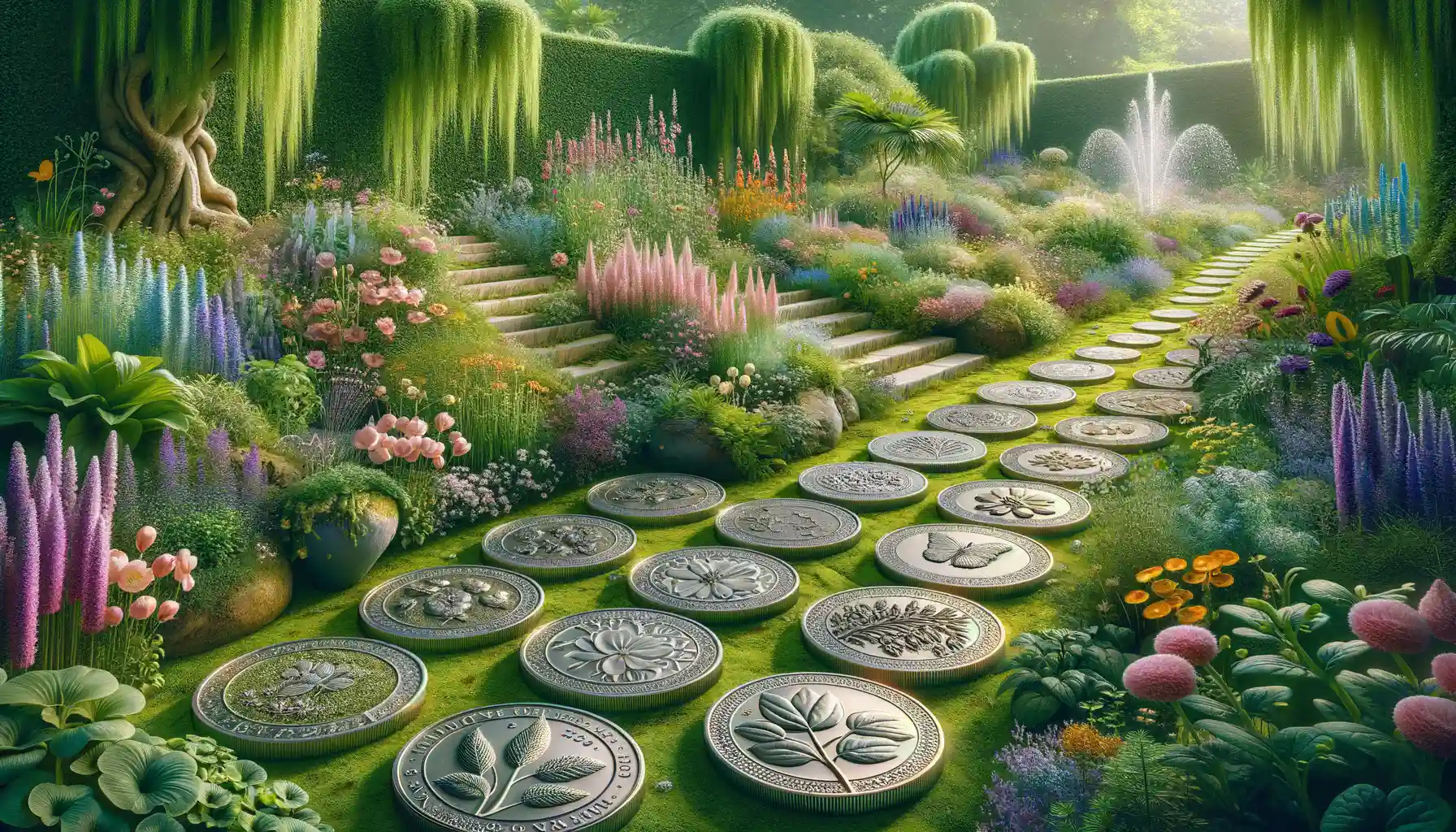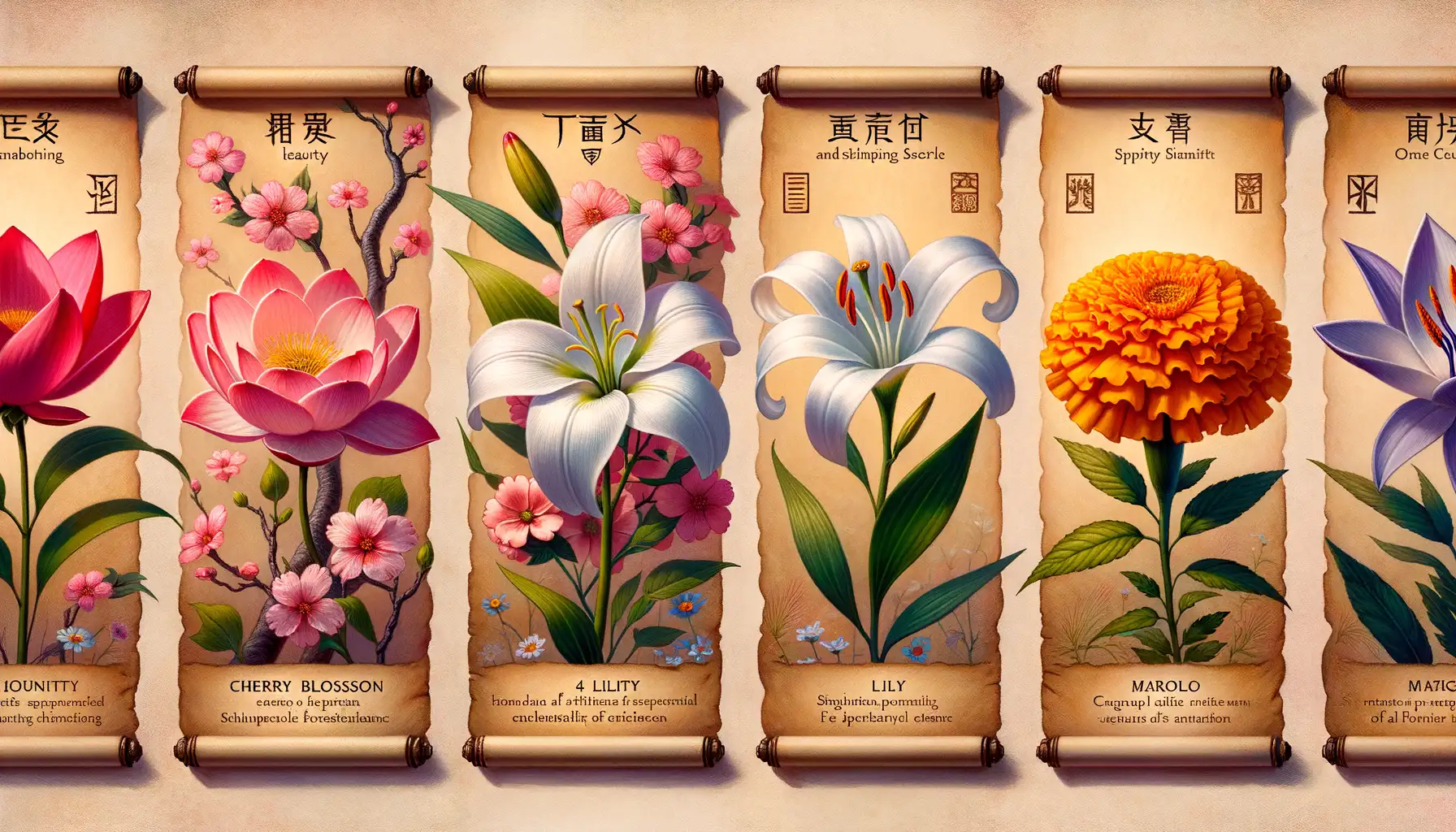Historical Significance of Floral Motifs on Currency
Floral Motifs: A Window Into the Past
Currency isn’t just about numbers and transactions; it’s a canvas that tells stories of nations, cultures, and history. The inclusion of floral motifs on money offers a fascinating glimpse into what people cherished most in their time. These delicate designs often symbolize prosperity, beauty, and identity—transforming simple banknotes into storytelling masterpieces.
Take, for instance, the 19th-century British pound notes featuring the rose, thistle, and shamrock. These flowers weren’t randomly picked—they represented unity among England, Scotland, and Ireland. Imagine holding that note and feeling the quiet message of connection blooming through its paper.
- The cherry blossoms on Japanese yen signify renewal and the fleeting nature of life.
- India’s rupee once adorned the lotus, denoting purity amidst chaos.
These designs weren’t mere decoration; they were cultural statements, anchoring individuals to their roots while subtly influencing pride and identity. Even centuries later, those symbols stir emotion; a rose becomes more than a flower—it becomes resilience, heritage, and hope pressed into ink.
Why Flowers on Money Matter
Why flowers, you might ask? Because flowers are universal—but never generic. They speak silently, yet powerfully, across cultures and classes. A sunflower on a Ukrainian coin radiates warmth and vitality, while France’s franc once showcased the iris, symbolizing royalty and power.
Looking at floral motifs on currency feels akin to reading a history book with no words. Each petal, leaf, and vine carries meaning—some quite literal, some buried deep in metaphor. They’re reminders of what we value—not golden monuments or grand kings, but life’s intricate, natural beauty.
Art and Design Elements in Floral-Themed Currency
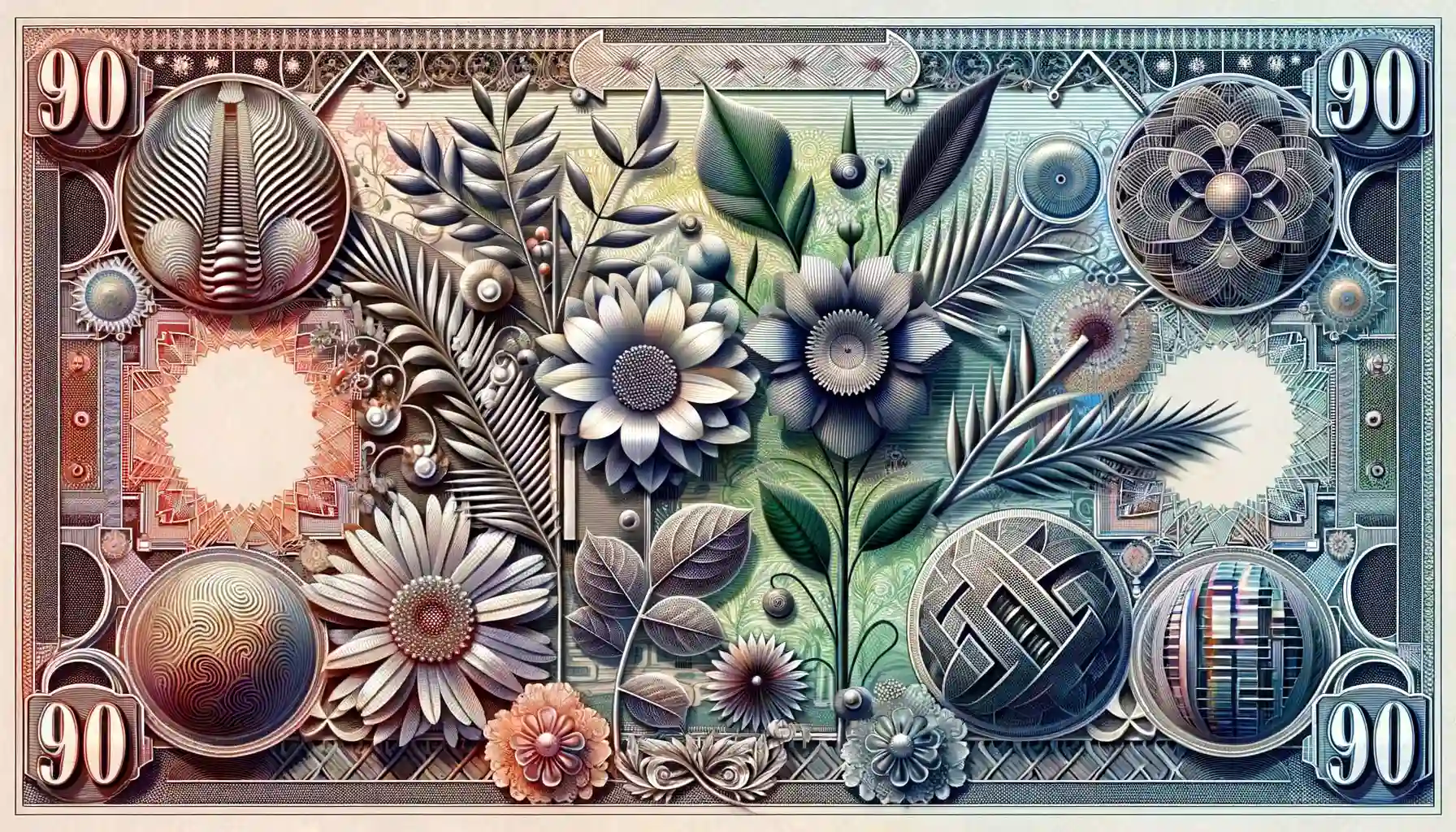
The Magic of Floral Designs: Where Art Meets Currency
Currency isn’t just functional—it’s a work of art that quietly slips through our hands every day. When it comes to floral-themed currency, the artistry takes on an almost poetic tone. Just imagine the delicate petals of a blooming rose etched into crisp paper, or the intricate swirls of a lotus adorning the face of a coin. These are not mere embellishments; they’re masterpieces in miniature.
One of the joys of floral currency is in the details. Designers often pour their creativity into patterns that mimic the rhythms of nature. For instance:
- Engraved veins in leaves feel alive, as if they’d flutter with the breeze.
- Shadows and highlights give petals a three-dimensional vibrancy.
It almost feels like you could pluck a tulip right off the bill!
The color palette? Unparalleled! Soft pastels for delicate blooms, striking reds for bold flowers—every hue is chosen to evoke emotion. And it works. Have you ever noticed how these designs can evoke a sense of calm, stirring memories of gardens or nature walks? That’s no accident. It’s intentional art meeting function.
Cultural Representations in Floral Depictions
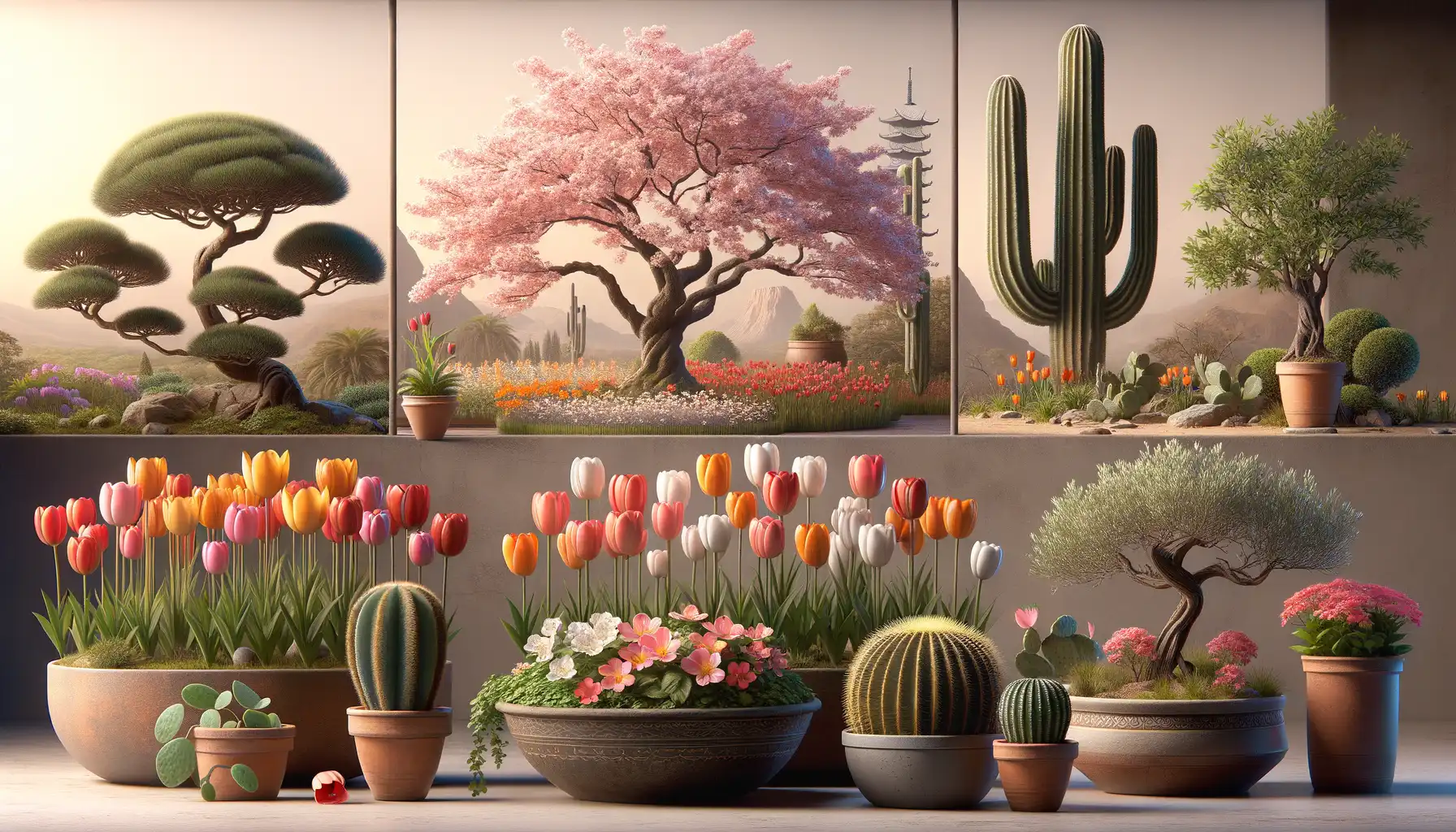
Blossoms Weaving Stories Across Cultures
Currency adorned with floral motifs isn’t just pretty paper—it’s a poetic thread that ties us to shared cultural roots. Flowers on banknotes often whisper untold stories of identity, pride, and tradition. Take the majestic lotus found on Indian rupees. It’s not just a flower; it symbolizes purity in chaos, deeply rooted in Hindu and Buddhist philosophies. That single bloom connects millions to their spiritual heritage every time they make a purchase.
In Japan, cherry blossoms or sakura sway across yen designs. They’re more than seasonal beauty—they embody life’s fragile transience, wrapping emotion around every transaction. And let’s not forget the Alpine edelweiss elegantly placed on Swiss francs. This delicate flower echoes tales of bravery, as climbing to its habitat was historically a daring act of love and devotion.
Flowers as Cultural Emblems Around the World
Some floral-inspired currencies function like miniature history books:
- Poppies on British coins honor soldiers lost in war, a solemn yet hopeful emblem.
- The Cambodian riel showcases native jasmine, symbolizing elegance and national pride.
- South Africa’s rand displays the protea, a queenly blossom tied to resilience and diversity.
Every petal rendered in ink carries centuries of meaning, reflecting the dreams and memories of the people who use those currencies daily. What blossoms do you see in your wallet today?
Notable Examples of Currency Featuring Floral Themes
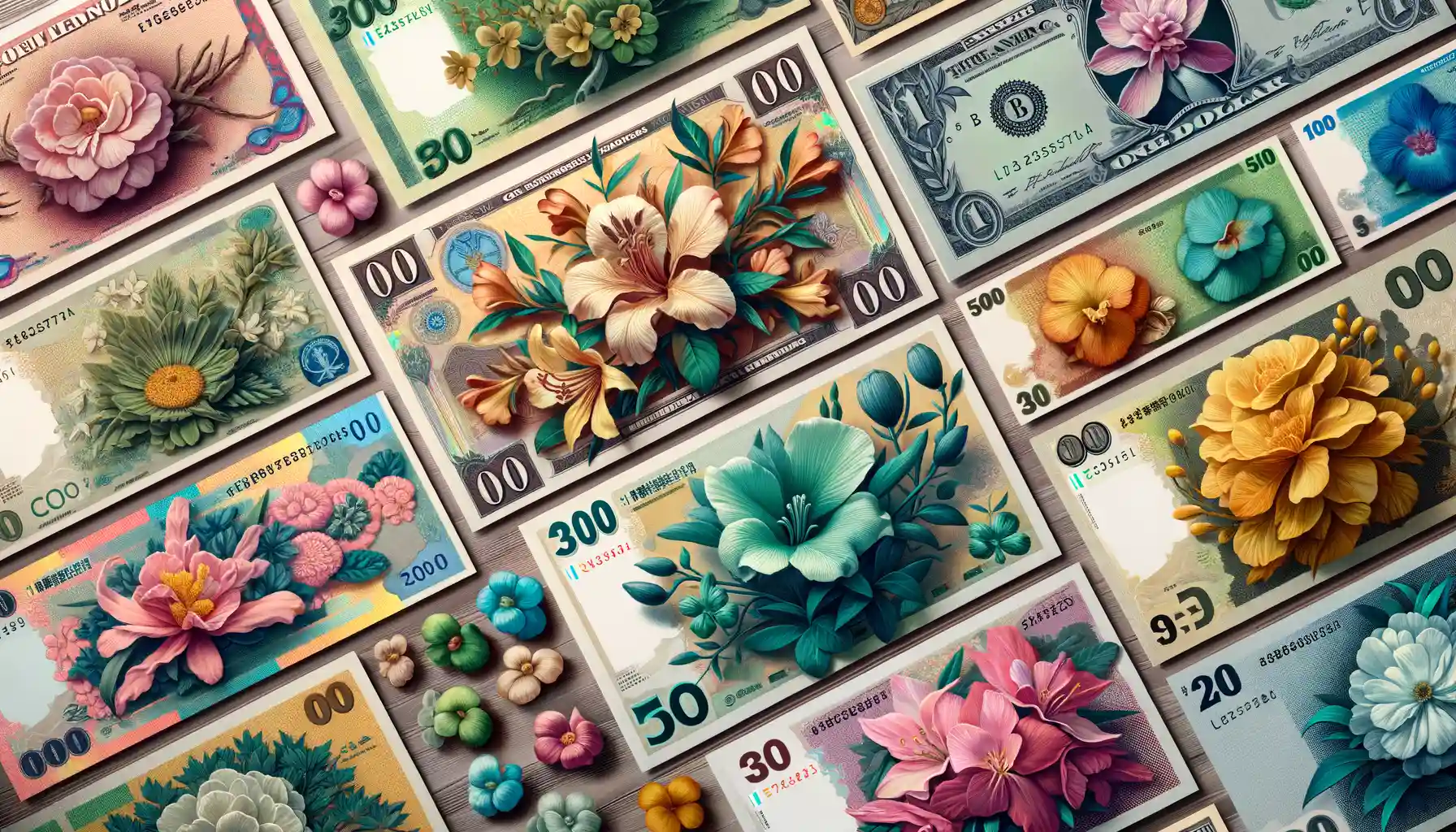
A Garden of Beauty in Your Wallet
When you think of currency, flowers might not immediately come to mind—but for some designs, they take center stage, blooming with symbolic meaning and artistry. Take Canada’s $20 bill from the 2012 polymer series, for example. This note features a luminous purple image of the Queen Elizabeth II against a backdrop of detailed Canadian maple leaves, showcasing nature-inspired elegance. It’s as if someone plucked a piece of autumn and pressed it into your wallet forever.
And then there’s the delicate charm of Japan’s 50 Yen coin. Though understated, its design highlights the beauty of the chrysanthemum, Japan’s national flower. Each petal appears carefully etched, reminding us how simplicity can radiate profound elegance.
- The Netherlands’ 50 guilder note (1982) is a bold standout—it flaunts a bright red tulip, a nod to the country’s famous tulip trade.
- Fiji’s $10 note celebrates the vibrant tagimoucia flower, found nowhere else in the world but high atop one of Fiji’s islands.
Currency like this doesn’t just represent value—it tells stories, whispering cultural pride and history with every intricate line. If only every transaction could feel this poetic!
The Evolution and Future of Floral Designs in Currency
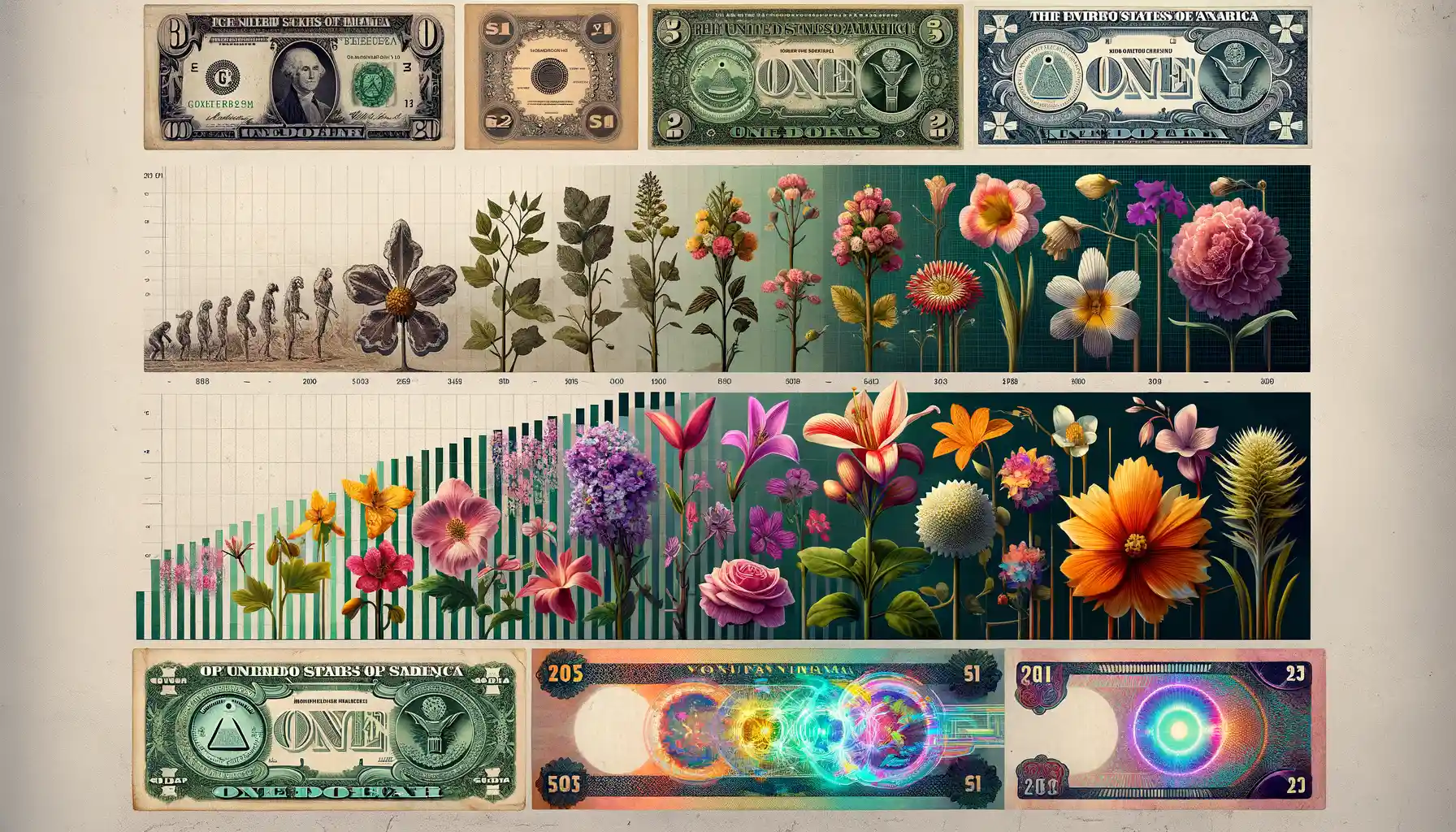
From Ornate Simplicity to Flourishing Creativity
Imagine holding a banknote from the 1800s—its floral designs are simple yet deliberate, like whispers of nature brought to life by hand-engraved strokes. Back then, flowers weren’t just decorations; they symbolized purity, prosperity, or even national identity. The intricate cherry blossoms on a Japanese yen spoke of renewal, while the lotus on Indian currency stood as an homage to spiritual awakening.
Fast forward to today, and floral designs have blossomed—literally. Now, we see bold, colorful blooms dominating the canvas of modern currency, celebrating diversity in both flora and artistic technique. Digital engraving and advanced printing technology permit petals so detailed you’d think you could pluck them.
- Holographic irises that shimmer in light for added security
- Hyper-realistic roses paired with abstract geometric patterns
- Entire ecosystems of native plants showcased on polymer notes
This evolution isn’t just technological—it’s emotional. Countries now use floral imagery to say: “This is who we are, rooted in history but growing toward the future.” Can we expect augmented reality florals that shift as you tilt the bill? Perhaps a bouquet that tells a nation’s entire story in one glance. The future smells promising.

